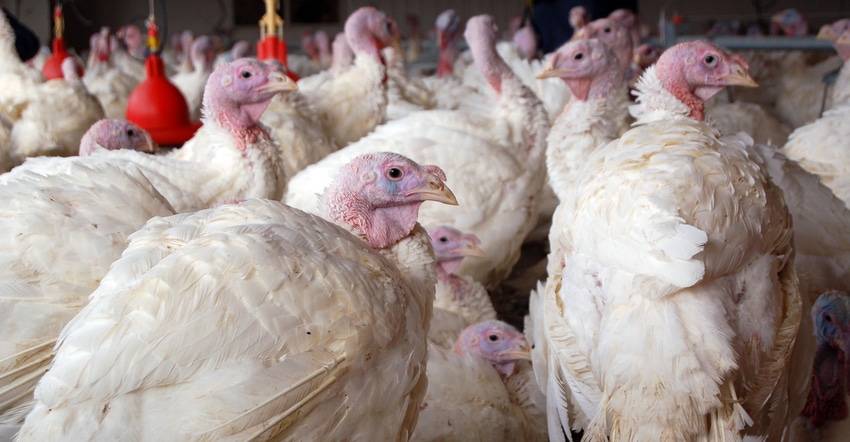
Minnesota poultry farmers, along with industry and government staffs, are ready for when highly pathogenic avian influenza arrives.
Given the closest HPAI-positive cases confirmed in early March in northwest Iowa and southeast South Dakota, it is a matter of when — not if — Minnesota sees HPAI.
“We are prepared for, and anticipating, cases in Minnesota,” says Dale Lauer, poultry program director with the Minnesota Board of Animal Health (MBAH) and director of the Minnesota Poultry Testing Laboratory (MPTL) in Willmar.
Lauer says HPAI cases this year have been identified thus far in 12 states in 27 flocks — seven commercial and 10 backyard poultry. It also has been identified in Canada in December, and also this year. As of March 7, no cases of HPAI have been identified in Minnesota.
HPAI is considered a foreign animal disease, a disease not normally seen in the U.S., so a rapid response to detect, quarantine, depopulate and eliminate viruses is needed, Lauer says. HPAI has been identified in wild waterfowl during their spring migration. The Eurasian H5N1 strain of HPAI that has been circulating for years in Europe is fatal, extremely infectious, can spread rapidly from flock to flock and is closely related to the virus that ravaged the U.S. poultry industry in 2015. These findings are not unexpected, he adds.
Minnesota’s poultry industry was at the heart of the unprecedented HPAI outbreak in 2015. A total of 110 farms were affected, and more than 17,000 birds were tested by the Minnesota Veterinary Diagnostic Lab. Nationwide from February through March 2015, 232 outbreaks were reported in 21 states. The disease affected more than 49 million birds and resulted in economic losses of $950 million.
Applying lessons learned
This time around, when HPAI is confirmed, each segment involved in the poultry industry, including government agencies, is better positioned to combat HPAI. Lauer offered several reasons why, starting with early detection and surveillance measures.
“The board and industry have emphasized that ‘If you see something, say something,’” he says. Plus, an $8.5 million renovation of the poultry testing lab in Willmar increased the capacity for HPAI testing.
“Biosecurity has become more routine for producers,” Lauer says. They’ve had training and practice site-specific biosecurity. Plus, producers developed emergency farm disaster plans that detail self-quarantine measures, mortality accounting for faster appraisals, depopulation and disposal, and virus elimination for each premise.
In turn, industry, state and federal regulatory officials recognize and emphasize the importance of depopulating infected flocks quickly to limit spread and environmental contamination.
Action plan
The Minnesota Turkey Growers Association recently communicated with growers that they should be prepared to assist with disease surveillance by having on hand enough tracheal swab testing materials to test at least 30 birds per barn. An authorized poultry testing agent is required to collect the samples. There are approximately 900 APTAs trained by MBAH that do a variety of tasks for disease programs, including the collection of samples from poultry flocks, Lauer says.
Most turkey growers have had training offered by MBAH and are certified APTAs, says Hannah Halldorson, communications director with Minnesota Turkey.
Turkey grower John Zimmerman of Northfield says he and others on his farm have completed the APTA training and are certified. Farmers not certified can have the testing done by their veterinarian or from their processor.
As of early March, Zimmerman was not yet testing birds.
“Once you notice symptoms, such as decreased water consumption or lethargy, then you would test and submit,” Zimmerman says.
Growers are encouraged to call their veterinarians if they see any unexplained illness or increase in mortality, decreased egg production, quiet or depressed birds, or respiratory or neurologic signs.
For testing supplies or more information on sampling, contact the MPTL at 320-231-5170 or [email protected].
For HPAI updates and reporting, go to bah.state.mn.us/hpai.
About the Author(s)
You May Also Like






